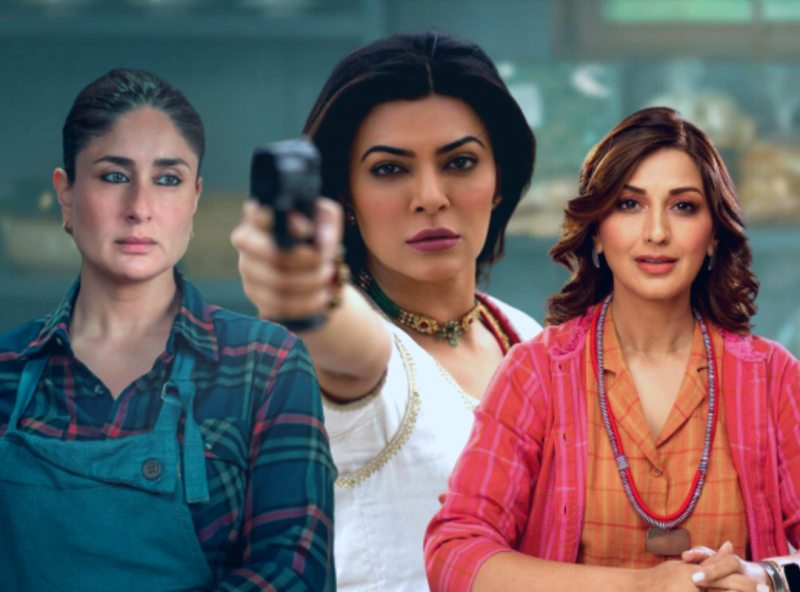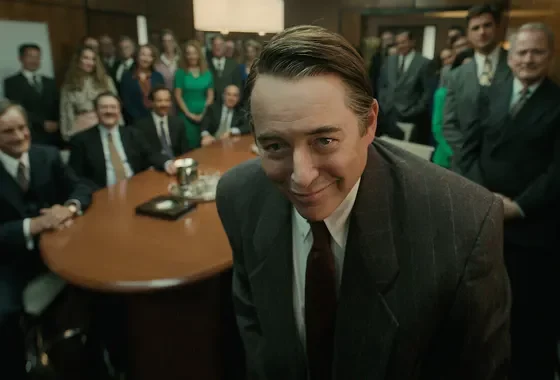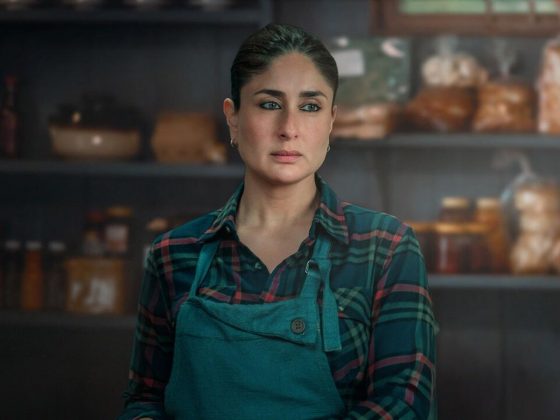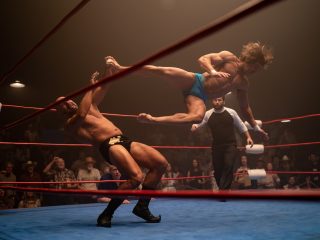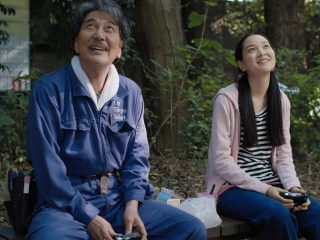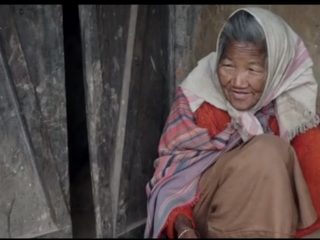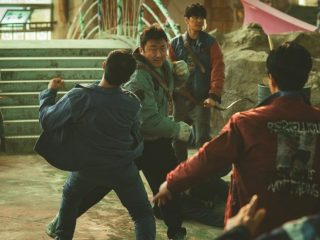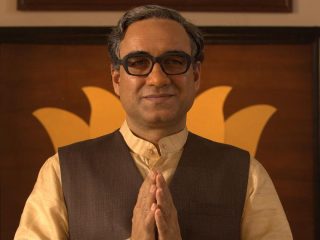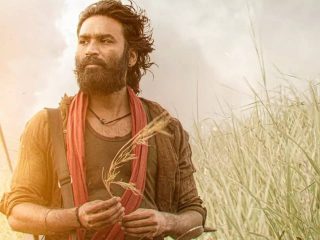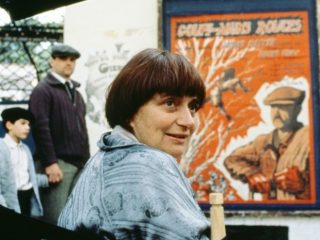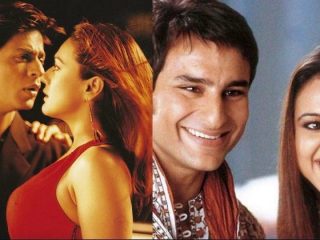In an interview with Bollywood Bubble, Sonali Bendre said that the female actors from the 90s are making a comeback because the OTT space has suddenly created a niche for different kinds of stories that allow for the reinvention of female characters. She further added that female actors before the 90s would probably have liked working with similar stories, but there was no opportunity then.
Bendre herself debuted in the OTT space with Zee5’s The Broken News last year. Other 90s female actors have also found themselves debuting with TV shows and films on OTT, including Karishma Kapoor, who plays a mother to teenagers in Mentalhood on Zee5, and Raveena Tandon, who plays the leading police officer in Aranyak on Amazon Prime Video. Joining these female actors in the OTT space is Kareena Kapoor, the first of the 2000s female actors, who will be seen alongside Vijay Varma and Jaideep Aihlawat in Sujoy Ghosh’s Jaane Jaan on Netflix.
Yes, OTT has brought with it the good tiding of audience engagement in better, more meaningful stories, but as current theatrical releases across the country are drawing the audience back to the big screen, I am left to think aloud whether the 90s Bollywood female actors should be willing to stay put with the attention of the OTT audience alone, the reasons being grounded in age-old patriarchal conventions and ageist ideas.
Let us begin by acknowledging that we are all subject to a nauseatingly patriarchal lens through which we look at female actors and their careers in Bollywood. There has been a persistent belief that female actors can stay relevant as female protagonists only for a certain duration of their career, after which they are offered the roles of mothers, elder sisters, aunts or grandmothers in movies. On the other hand, contemporary male actors never disappear from the spotlight unless they deliver a row of unsuccessful films or willingly steer their career trajectory toward a different kind of role or position within the industry. Fun Fact: Akshay Kumar, who set foot into Bollywood with Saugandh (1991), has played the Hindu warrior hero Prithviraj Chauhan in his 2022 release, Samrat Prithviraj. His Saugandh co-star, Shantipriya, starred in a few films before moving to television and has only recently been heard about because of her comeback in the MX Player show, Dharavi Bank (2022 -).
Ageism is not new in Bollywood. It is difficult to think that male actors, especially those from the 90s, may have experienced a similar treatment. Continuing with the example cited above, Akshay Kumar was in his mid-50s when he was paired with Chhillar, who is in her mid-20s now, in Samrat Prithviraj (2022). This practice is so common that it raises no eyebrows whatsoever. Female actors keep swapping while aging male actors continue to play protagonists in commercial cinema. Roja-actress Madhoo even said in an interview with the Free Press Journal that she decided to quit the film industry because she just couldn’t seem to bag the kind of roles that she’d like to star in and dreaded acting as Ajay Devgan’s mother sooner or later. In fact, during my course of research, I found a bunch of articles on the web that list female actors from the 90s who left Bollywood a little into their glittering careers to focus on their married lives, especially because no one was ready to cast them in the shoes of lead female characters anymore. More and more female actors from the 90s have started speaking out about how there were no new roles for them to transition into at one point in time during their career, and stepping away from the limelight, especially after marriage, seemed like the only plausible choice. Perhaps OTT provides the best medium for the 90s female actors – who have been made to believe that their glittering big-screen dreams are done and dusted with – to shine in roles that require them to be much more than just a wanton female co-star in a male-driven film.
Let us also not forget that for the cinema business to flourish after the pandemic, filmmakers have turned toward massy blockbusters pumping with testosterone-rich energy to engage the public. The latter has been successful; the screen-to-theatre transition with respect to Bollywood movies is believed to be in full swing, especially since SRK’s Jawan (2023) has successfully earned more than 500 crores in less than a fortnight since its release. The Bollywood male superstars, who also happen to be mostly 90s actors, are re-packaging themselves as zealous, working-class protagonists who know how to groove their hips just as well as their gun business. Thankfully, this is a more-or-less politically conscious world, and filmmakers are doing their share to provide more agency to female protagonists than usual. However, these female actors must be carefully chosen because they are equally responsible for drawing their own fan base to the theatres. Of course, the 90s female actors stand no chance in this regard because they have been away from the big screen for a while now and do not continue to feature the same fan base as comparatively younger, leading female actors in the industry.
The more you think about it, the more it feels like OTT may be a safe choice for the 90s female actors to return to showbiz. It guarantees substantial attention to their craft and allows them to prove their mettle. Simultaneously, however, more critical questions arise – Should the 90s female actors not be given an opportunity to appear on the big screen as female protagonists at all? Can they not be cast as female action heroes? More importantly, are we, as an audience, not yet ready to cozy up to more female-led massy movies?

